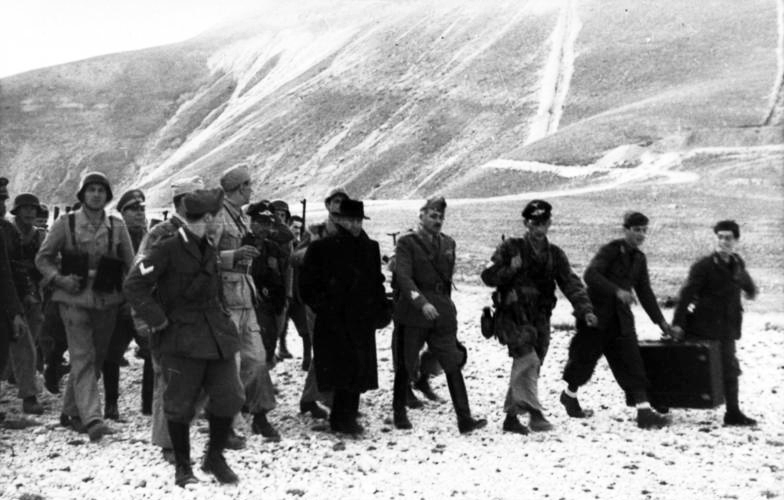Admiral Beez
Major
I have the feeling that with the right headwind a Fieseler Fi 156 Storch could pull this off. Did it have wheel brakes?
View: https://www.youtube.com/watch?v=Cdq0WjPO_0w
View: https://www.youtube.com/watch?v=Cdq0WjPO_0w
Last edited:

